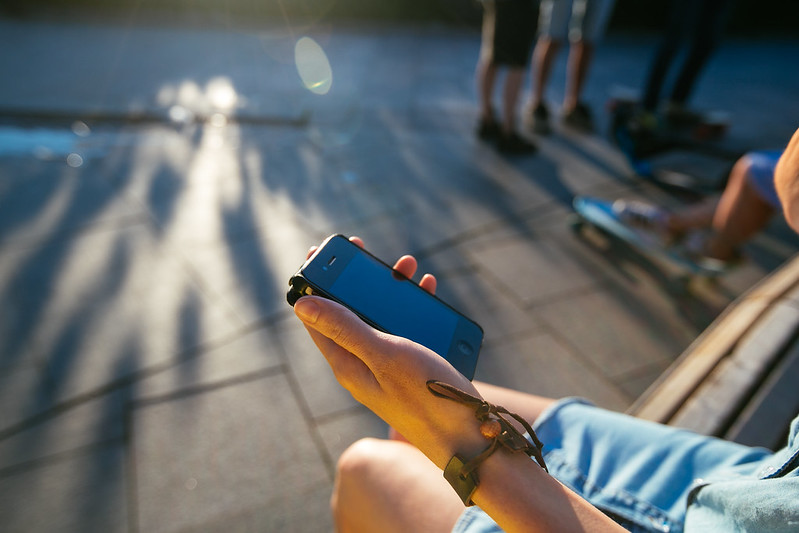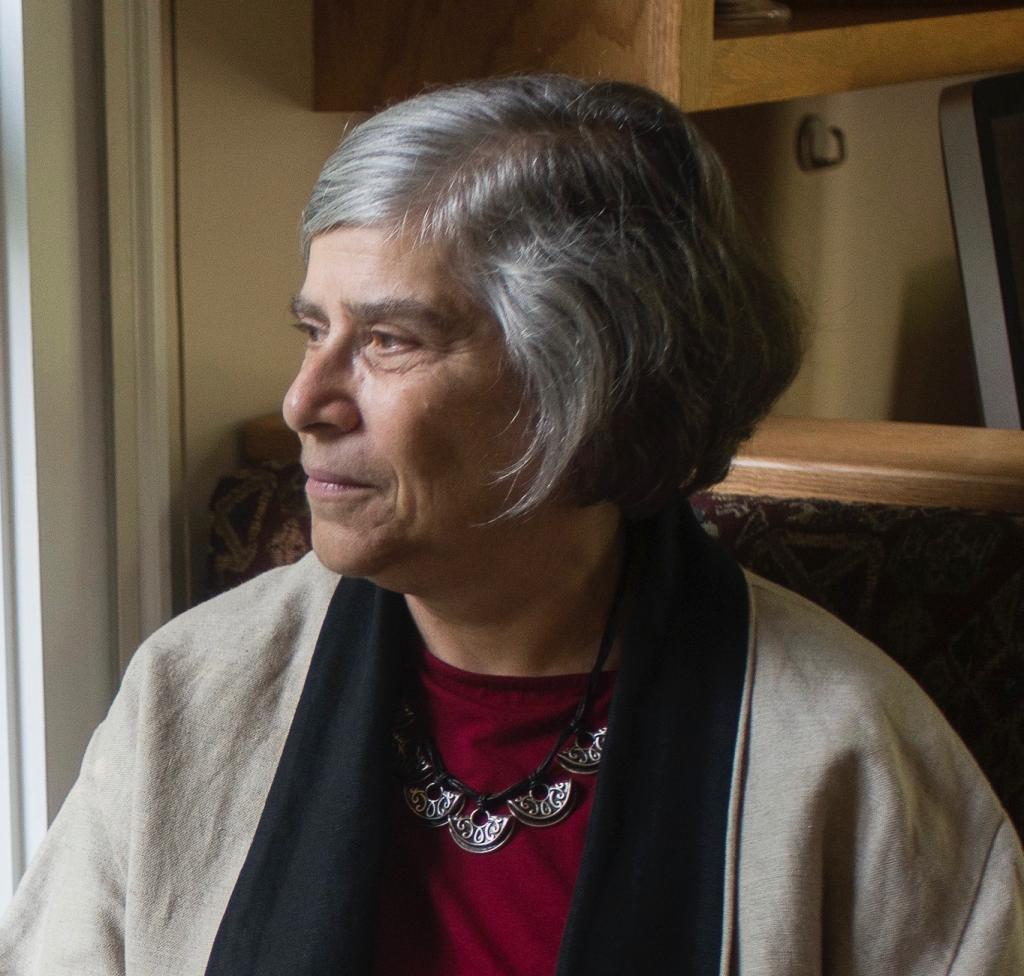Looking Beyond Contact Tracing to Stop the Spread
The novel coronavirus presents unique challenges. "Contact tracing” may not work. But other uses of cellphone data tracking could play some role in mitigating the virus’s spread.

Published by The Lawfare Institute
in Cooperation With

The U.S. faces two simultaneous crises: the coronavirus pandemic and the economic crisis spawned by “stay home, stay safe” orders. Social distancing significantly helps lower the damage from the first, but it has created and exacerbated the second. Is there a way to get the pandemic under control without the high economic cost imposed by social isolation?
The novel coronavirus presents unique challenges. Many observers have proposed “contact tracing” through cellphones to manage the outbreak, yet contact tracing is no silver bullet. Instead, other uses of cellphone data tracking could play some role in mitigating the virus’s spread.
Combating the coronavirus and the respiratory disease it causes, COVID-19, requires first understanding how the disease spreads, and that is less straightforward than one might guess. Observers suspect that the initial information reported from China vastly underestimated the number of infected people. A study in Science estimates that prior to the Jan. 23 travel restrictions ordered in Wuhan, 86 percent of all COVID-19 cases were undetected. It appears that the transmission rate from these undocumented cases is lower—transmission seems to occur more strongly from worse cases of the disease. But according to the study, a whopping 79 percent of people with documented COVID-19 cases in China were infected by those with undocumented cases of the illness.
It appears that people are most infectious just as COVID-19 takes hold. That moment may well be before people realize they are infected and before they exhibit clear symptoms of illness. The consequences of COVID-19’s apparent high level of infectiousness at the early stages of the disease can be disastrous, as the Marines discovered firsthand. Two recruits who had initially tested negative during coronavirus screening at arrival at boot camp later exhibited symptoms of COVID-19. Packed within the tight facilities of a Marine training camp, at least 20 other recruits then also came down with the disease. The transmission among the Marines was undoubtedly furthered by something a recent Lancet study observed: The salivary viral load of COVID-19 “was highest during the first week after symptom onset.” In other words, the worst spread is likely to happen at a time when testing may fail to discover the infection.
Even more problematic is that a significant percentage of infected people present as asymptomatic. I’m being careful here in saying “present as.” As we understand COVID-19 better, we have begun to realize that the disease presents in multiple and confusing ways. Some people with COVID-19 end up in hospitals needing ventilators to breathe, and others have aches or a runny nose and chalk it up to a cold. World Health Organization officials noted that because asymptomatic COVID-19 patients can transmit the disease, “[i]dentifying and isolating those patients is important to stopping” the spread of the virus.
But right now we have no easy way of determining who is infected but asymptomatic. With testing still quite limited in the U.S., those who are asymptomatic have little chance of getting a test to discover if they are infected. Yet the only people who can be guaranteed not to be spreading the disease are those who have already had COVID-19 and since twice tested negative (and we don't know yet if they can get the disease again and, if so, how quickly). That means that in any area that has community spread—which includes much of the United States—social distancing is necessary to end that spreading. Since there are likely large numbers of asymptomatic but infectious carriers in these places, mandating isolation is the only way to slow the spread. And until we have an ability to quickly and completely determine whether someone is infectious—and our current tests do not do that—we must stay in the state of lockdown.
What about “contact tracing,” perhaps by cellphone apps? This would enable authorities to locate potentially infected people, trace their contacts, have them isolate and thus flatten the curve without social distancing. After all, South Korea famously did this successfully. Seoul used a combination of massive testing and contact tracing, including tracking people’s locations through various records, including mobile phone and credit card use. But as Science reported of South Korea, “whether the success will hold is unclear.” Sixty percent of the infectious cases uncovered thanks to the South Korean contact tracing stemmed from the spread that began at a service at the Shincheonji Church of Jesus; other countries are unlikely to have such a centralized (and thus easy to track) vector. Meanwhile, new clusters are appearing in South Korea that could be the start of community spread.
Various people have proposed using smartphone apps such as Singapore’s TraceTogether for contact tracing. These apps rely on Bluetooth proximity measures to determine whether a user has been exposed to a coronavirus-infected person. Information regarding exposure is shared between the users' phones. Such apps can have multiple different designs. Some share information about a person’s exposure with the government; others do not. Some, including a proposed design by MIT researchers and collaborators, include how much time an individual spent near the infected party. Here the devil is in the details.
TraceTogether only registers interactions of at least 30 minutes. Given how the coronavirus infection spreads, incomplete information provided by a contact-tracing phone app won’t protect the supermarket clerk, bus driver, pharmacist or auto mechanic—and anyone else who had only a brief interaction with an infected party. The proposed MIT app does handle momentary exposures, but it does not—and, indeed, cannot—handle exposure by asymptomatic individuals. In the face of a large pool of asymptomatic carriers, contact-tracing apps may provide a false sense of security, thus decreasing public health, not increasing it.
This doesn't mean that cellphone tracking data has no role in this situation. Google, for example, has launched a tool providing anonymized aggregated location-tracking information for communities around the globe. This tool can be used by individuals and businesses to minimize proximity to foot traffic and can also aid governments in understanding how well the “shelter in place” recommendations are working. Aggregated mobility data can be used by governments and health care facilities to forecast where there are likely to be additional medical needs.
Reality stinks right now in the United States. We need vastly more testing (on the scale of South Korea), including random testing, in order to determine the actual spread of COVID-19. We need mass deployment of serological antibody tests that can determine who has had the disease. We need to determine if antibodies to the coronavirus confer immunity—and, if so, for how long. We need aggregated data that can reveal patterns of human movement so as to anticipate where spread may be about to occur. Ultimately, we need a vaccine to protect us all. In a nation facing a disease that has a high percentage of asymptomatic infections and with significant community spread, these are the tools needed to safeguard our health and get the economy running again. Contact tracing won’t get us there. These other measures will.


.jpg?sfvrsn=e915b36f_5)


